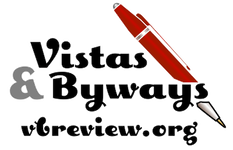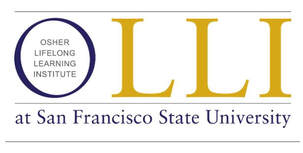|
EDITOR'S PREVIEW OF ISSUE 17 - SPRING 2024
|
|
Good Reading!
Photo by Weebly.com |
PREVIEW OF THIS ISSUE |
SCENES FROM THE CITYSightseeing in Comfort -
from the Tunnel Top in the Presidio, Photo by Barbara Applegate If You Want to Be Something -
Cast a Big Shadow Photo by Charlene Anderson |
|





